Global partners are advised to finalize orders and payments in September to mitigate delays from the 8-day holiday. [Wuhan, China] – With China's extended National Day and Mid-Autumn Festival holiday approaching, [SWAN ELECTRIC CO., LTD] is issuing an advisory to our global partners to facilitate seamless supply chain planning. The holiday period, spanning from October 1st to October 8th, 2025, represents one of the longest annual production and operational shutdowns in the region. This extended closure will impact manufacturing, logistics, customs clearance, and administrative functions across the country. To minimize potential disruptions to your Q4 projects and inventory, we recommend taking proactive measures throughout September. Key actions include: Finalizing Procurement Orders: Ensure all new purchase orders are confirmed and entered into our shipping system no later than September 30th. This allows us to allocate capacity and schedule your shipments before the hiatus. Settling Outstanding Invoices: Processing all pending payments prior to October 1st is essential to avoid payment-related holds and ensure immediate order progression upon our return. "This extended break requires advanced planning to maintain supply chain fluidity," said Eric, our manager at SWAN. "Communicating your needs by the end of September is the most effective strategy for avoiding unforeseen delays and ensuring a strong finish to the year." SWAN's operations will be paused from October 1st to October 8th, 2025, with full operations resuming on October 9th, 2025. We encourage all partners to connect with our team before the September deadline. About SWAN SWAN ELECTRIC CO., LTD is a leading provider of [PLC/DCS], dedicated to delivering quality and reliability to a global clientele. We pride ourselves on transparent communication and building resilient partnerships.
Read More
Call our product expert : +8615327455845
Email Us
 English
English français
français español
español العربية
العربية

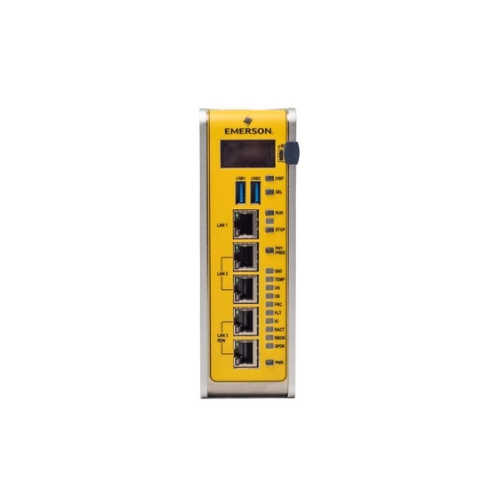

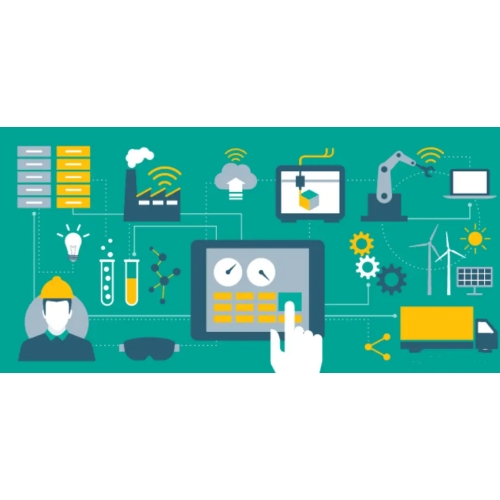
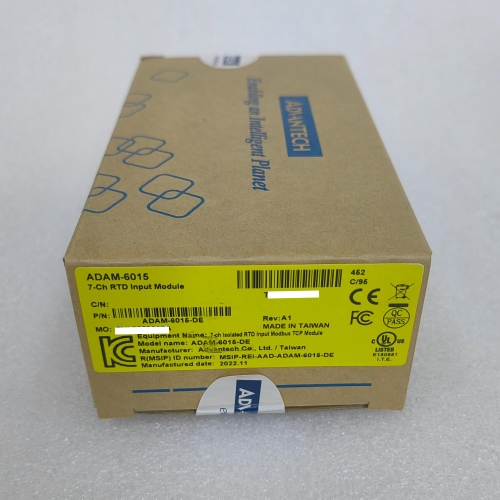
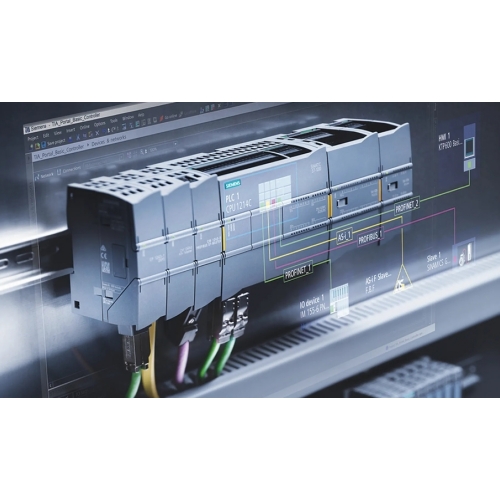
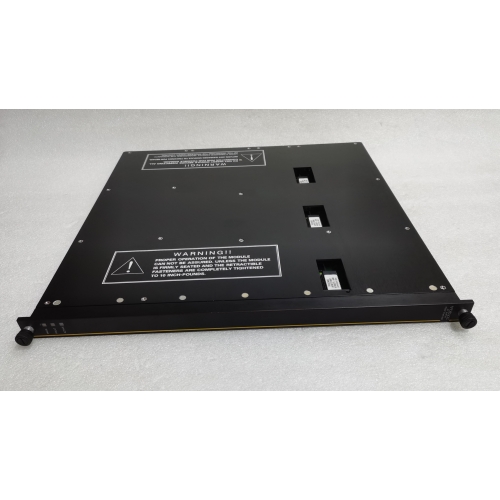
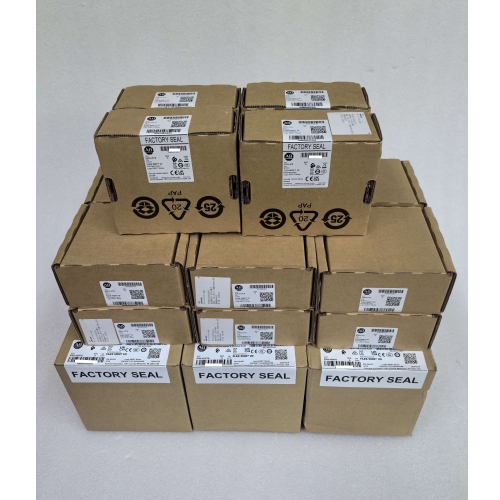
 +8615327455845
+8615327455845 lizzie@swanautomation.com
lizzie@swanautomation.com

 IPv6 network supported
IPv6 network supported